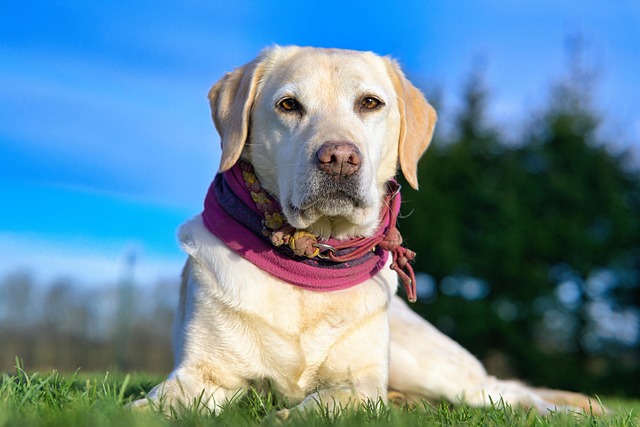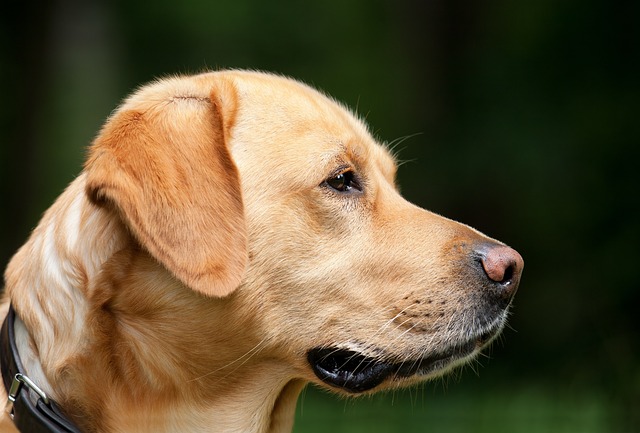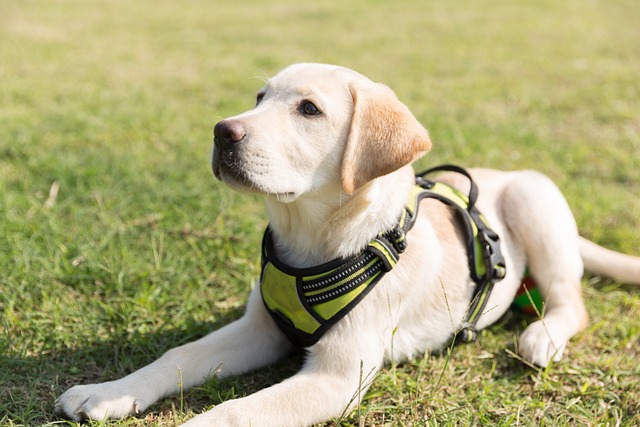
How do i train my dog to be obedient?
Watching your dog dart across the park ignoring your calls isn’t just frustrating—it can put them at risk near busy streets or public spaces.
Dogs often hate being left home alone—some pace by the door, chew shoes, or even scratch at windows trying to follow you. This isn’t just annoying; in many areas, excessive barking or destructive behavior can violate local noise ordinances or homeowner association rules, leading to fines. Start small: leave your dog alone for 5 minutes while you step outside to grab the mail, then gradually extend the time as they get comfortable.
Give your dog a “safe space” before you leave—maybe a crate lined with their favorite blanket, or a corner of the living room with a puzzle toy stuffed with peanut butter. Behavioral experts call this “positive association”—it links being home alone to something fun, not scary. Avoid making a big fuss when you leave or return; excited goodbyes or greetings can amp up their anxiety, making it harder for them to stay calm.
 If your dog starts acting out (like chewing the couch), don’t scold them when you get back—they won’t connect the punishment to what they did hours earlier. Instead, try a remote treat dispenser: you can trigger it from your phone to reward them for lying quietly, even when you’re not there. This teaches them that staying calm gets them good things, which is more effective than punishment.
If your dog starts acting out (like chewing the couch), don’t scold them when you get back—they won’t connect the punishment to what they did hours earlier. Instead, try a remote treat dispenser: you can trigger it from your phone to reward them for lying quietly, even when you’re not there. This teaches them that staying calm gets them good things, which is more effective than punishment.
Check your local laws too—some places require dogs to be confined in a crate or fenced area when home alone to prevent them from escaping and causing harm. If your dog slips out and wanders, you could face fines or even legal action if they damage property or hurt someone. A sturdy baby gate or a secure crate can keep them safe and keep you compliant.
Practice consistency—stick to the same routine every time you leave: grab your keys, say a quiet “be good,” and walk out. Dogs thrive on predictability, so a steady routine helps them feel secure. If you’re gone for long hours, ask a neighbor or dog walker to stop by—many regions have laws about leaving pets alone for extended periods without food, water, or bathroom breaks.
Teaching your dog to stay home isn’t about forcing them to be alone—it’s about helping them feel safe and confident when you’re away. With small steps, positive rewards, and awareness of local rules, you’ll both feel better: your dog won’t be anxious, and you won’t have to worry about destructive behavior or legal trouble. Over time, they’ll learn that home is a happy place, even when you’re not right there with them.

Watching your dog dart across the park ignoring your calls isn’t just frustrating—it can put them at risk near busy streets or public spaces.

New puppy owners often find themselves rushing to clean up accidents before they set in, and that’s where puppy pad training becomes a game-changer.

If you've noticed your dog's waistline disappearing and your veterinarian has mentioned those few extra pounds, your first instinct might be to simply reduce the amount of food in their bowl.

Training a dog to use a designated spot indoors isn’t as daunting as many new owners fear, but it does take consistency and an understanding of your pet’s needs.

That moment of dread on a walk is all too familiar for many new dog owners. You see another dog approaching down the sidewalk of your neighborhood

If the sight of another dog on your neighborhood walk makes your heart sink as your own dog erupts into a frenzy of barking and lunging, you're not alone.